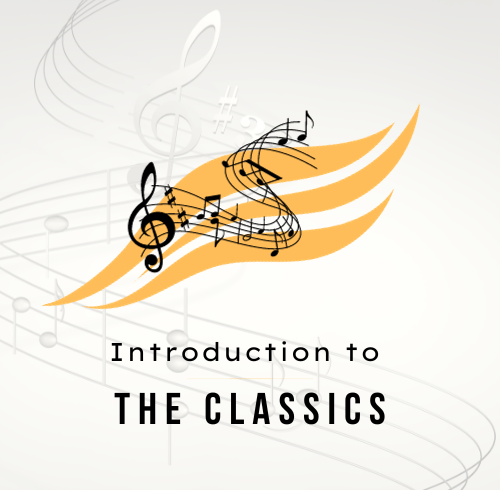Introduction
The Classics are an all-white doo-wop vocal group hailing from Brooklyn, New York, and were led by Emil Stucchio on lead vocals. The group was rounded off by Tony Victor, Johnny Gambale, and Jamie Troy, two of the members had previously been in another group called the Del-Rays. The Classics once also designated themselves as the Perennials. Their earlier singles charted on the Bubbled Under Hot 100, and 1961’s “Life Is A But A Dream Sweetheart” peaked at #27 on the R&B singles chart. Their following singles, “Blue Moon” and “Till Then,” fared much better on the pop singles chart, with “Till Then” their highest-charting single in their short career. The Classics disbanded in 1966, and Stucchio paraded has been using the name and leading different lineups since the 1970s.
Formation and early career; their only big hit “Till Then”
American harmony vocal group The Classics formed in Brooklyn, New York City, New York in 1958. They started as the Perennials, with the founding lineup consisting of Emil Stucchio (lead), Tony Victor (first tenor), Johnny Gambale (second tenor) and Jamie Troy (baritone and bass). They started to perform at school functions, as well as clubs and dances.
A man named Jim Gribble once saw The Classics perform and was impressed by them. He offered to become the group’s manager and then led them to their first professional foray with a recording debut titled “Cinderella,” which was an original material. The follow-up “Angel, Angela,” didn’t make it high on the charts. Their 1961 single “Life Is But a Dream” was picked up by Mercury for national distribution that led to a modest place at the R&B singles chart (#27).
Later that same year The Classics released own version of “Blue Moon,” which went to #50 on the R&B singles chart.
The Classics moved to Musicnote imprint in 1963 and released their next record “Till Then,” which became their biggest hit, peaking at #20 on the Billboard Hot 100 and #7 on the easy listening chart. It was to be the group’s only major hit and up to the present, remains their best-known single.
Later career
Although The Classics would never be able to chart again, they went on recording and releasing their own renditions of ’20s and 30s ballads, which they personally loved. They also wrote their own material as well. Like other acts that sang elegant pop songs, the Classics eventually got lost in a sea of rock and roll’s surging popularity. Although they tried their best to cross over to the rock and roll territory (like in their song “Portrait of a Fool” for instance), by the mid-60s music era they had begun to sound dated. Around the same time the Classics drifted apart, after moving from one label to the next, without remarkable success.
However, during the 1970s pop standard acts wasted no time in taking advantage to the oldies music revival. So at that time Stucchio and Troy formed their own act The Profits, along with ex-Passions member Lou Rotundo. However, the Profits eventually changed their name into the Classics.
Stucchio is still leading the Classics up to the present, although with an entirely different lineup. They still perform in many parts of the East Coast.

